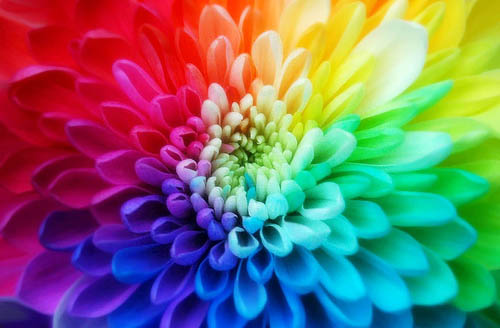art equipment and Techniques
Blog Archive
spring colours

www.smashingapps.com
art

www.faceters.co
Friday, May 14, 2010
Tuesday, May 11, 2010
Paint
pastel techniques
The simplest way to use a pastel is to draw with the end, holding it as you would a pencil or pen. The resultant line has great expression, conveying a sense of the gesture you made.
Alter the thickness of the line by varying the pressure you’re applying to the pastel. The harder you press, the more pastel you’ll be putting down on the sheet. For thinner lines, press more gently or use the edge.
Tip: Use your whole arm, not just your wrist, as this encourages broader, looser drawing.
non - permanent marker
A non-permanent marker (also called a whiteboard marker or dry erasable marker), uses an erasable ink—an ink that adheres to the writing surface without binding or being absorbed by it—for temporary writing with overhead projectors, whiteboards, and the like. They may also be used by children when adults want to be able to clean up after them. The erasable ink does not contain the toxic chemical compounds xylene , unlike permanent markers.
wet erase markers are another version that are used on overhead projectors, signboards, whiteboards, and other non-porous surfaces.
crayons
A crayon is a stick of colored wax, charcoal, chalk, or other materials used for writing, coloring, and drawing. A crayon made of oiled chalk is called an oil pastel; when made of pigment with a dry binder, it is simply a pastel. oil pastels are a popular medium for color artwork. A grease pencil or china marker (UK chinagraph pencil) is made of colored hardened grease and is useful for marking on hard, glossy surfaces such as porcelain or glass. Some fine arts companies such as Swiss Caran d'Ache manufacture water-soluble crayons, which once applied to media, the crayons' colors are easily mixed.
They are easy to work with, not messy (as paint and markers are), blunt (removing the risk of sharp points present when using a pencil or pen), non-toxic, very inexpensive, and available in a wide variety of colors.
pastels
The pure, powdered pigment, is ground into a paste with a small amount of gum binder then rolled into sticks. The infinite variety of colors in pastel range from soft and subtle to strong and brilliant. The word Pastel in this case does not refer to "pale colors" as it is commonly used in cosmetic and fashion venues.
An artwork is created by stroking the sticks of dry pigment across an abrasive ground, embedding the color in the "tooth" of the paper, sandboard, canvas etc. If the ground is completely covered with Pastel, the work is considered a Pastel painting; a work with much of the ground left exposed is termed a Pastel sketch or drawing. Pastel is sometimes combined with water color, gouache, acrylic, charcoal or pencil in a mixed-media painting, but it is not compatible with oil paint. Pastel paintings reflect light like a prism. No other medium has the same color power.
Edgar Degas was the most prolific user of Pastel and its champion. His prot'g'e, Mary Cassatt, introduced the Impressionists and Pastel to her friends in Philadelphia and Washington, and thus to the USA.
Today, Pastel has the same stature of oil and water color as a major fine art medium. Many of our most renowned living artists have distinguished themselves in Pastel, enriching the art world with this beautiful medium.
